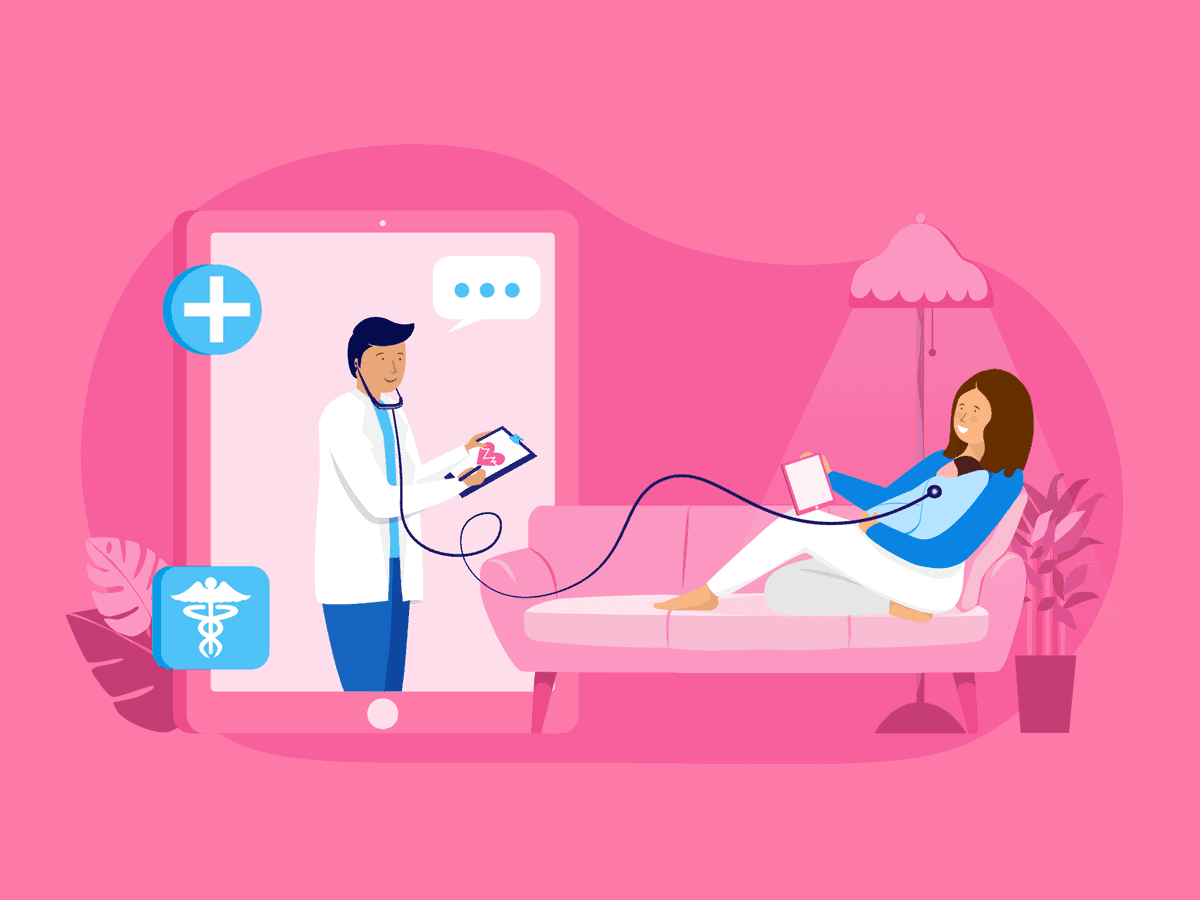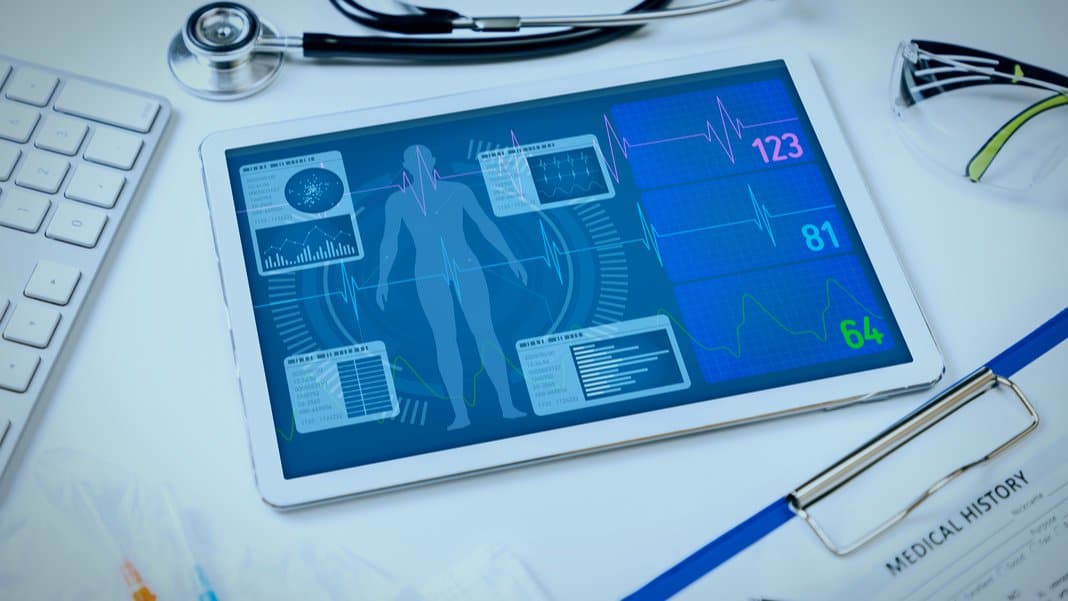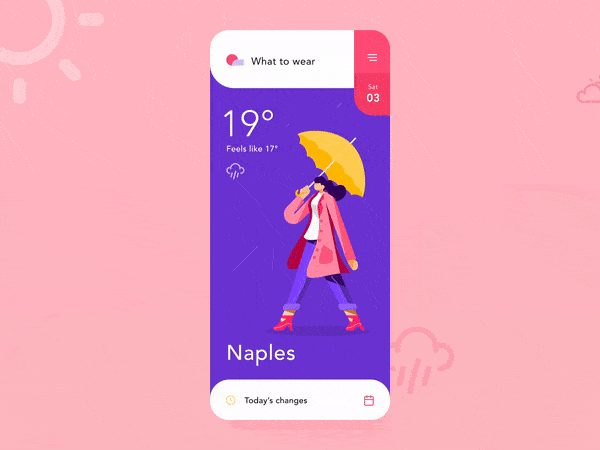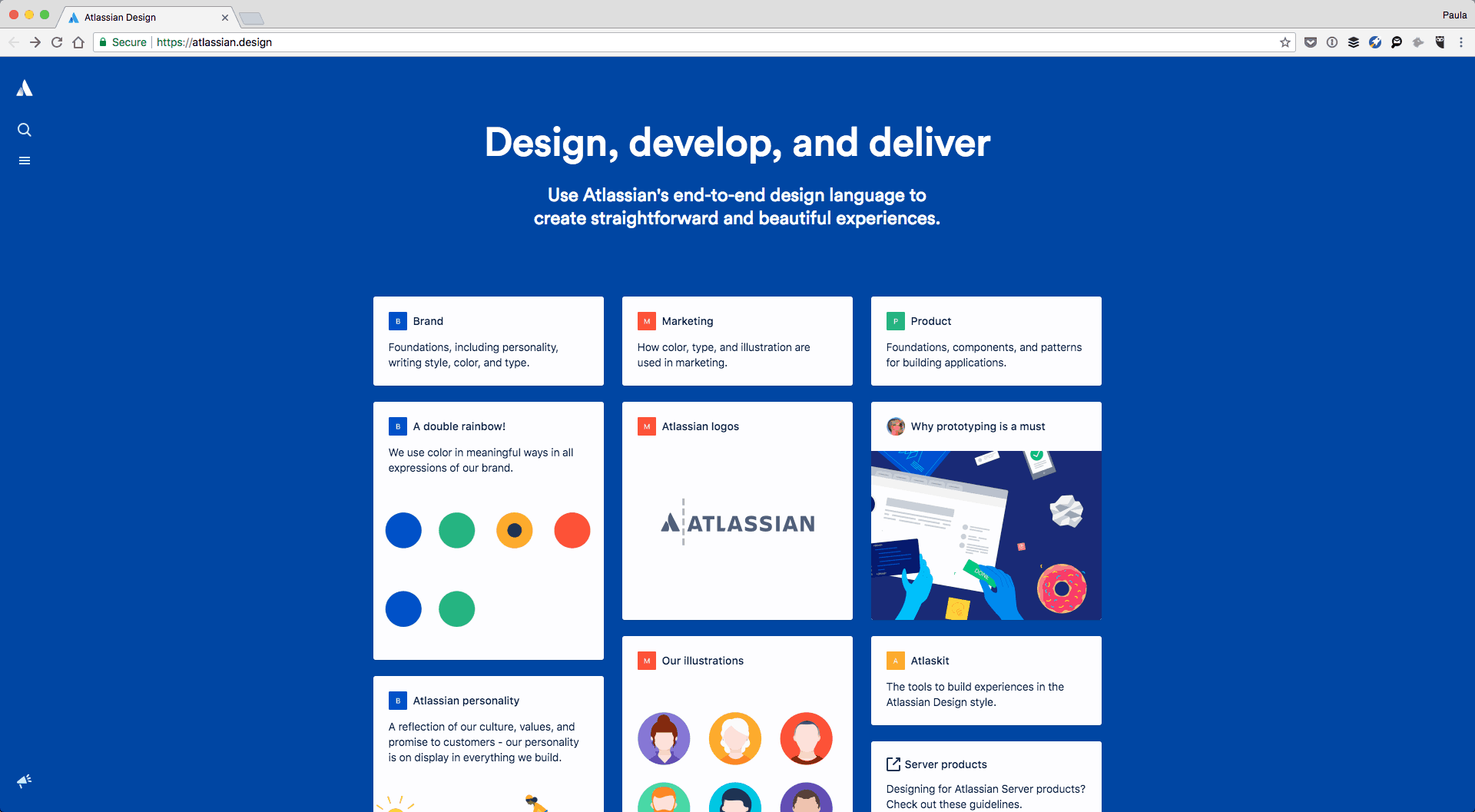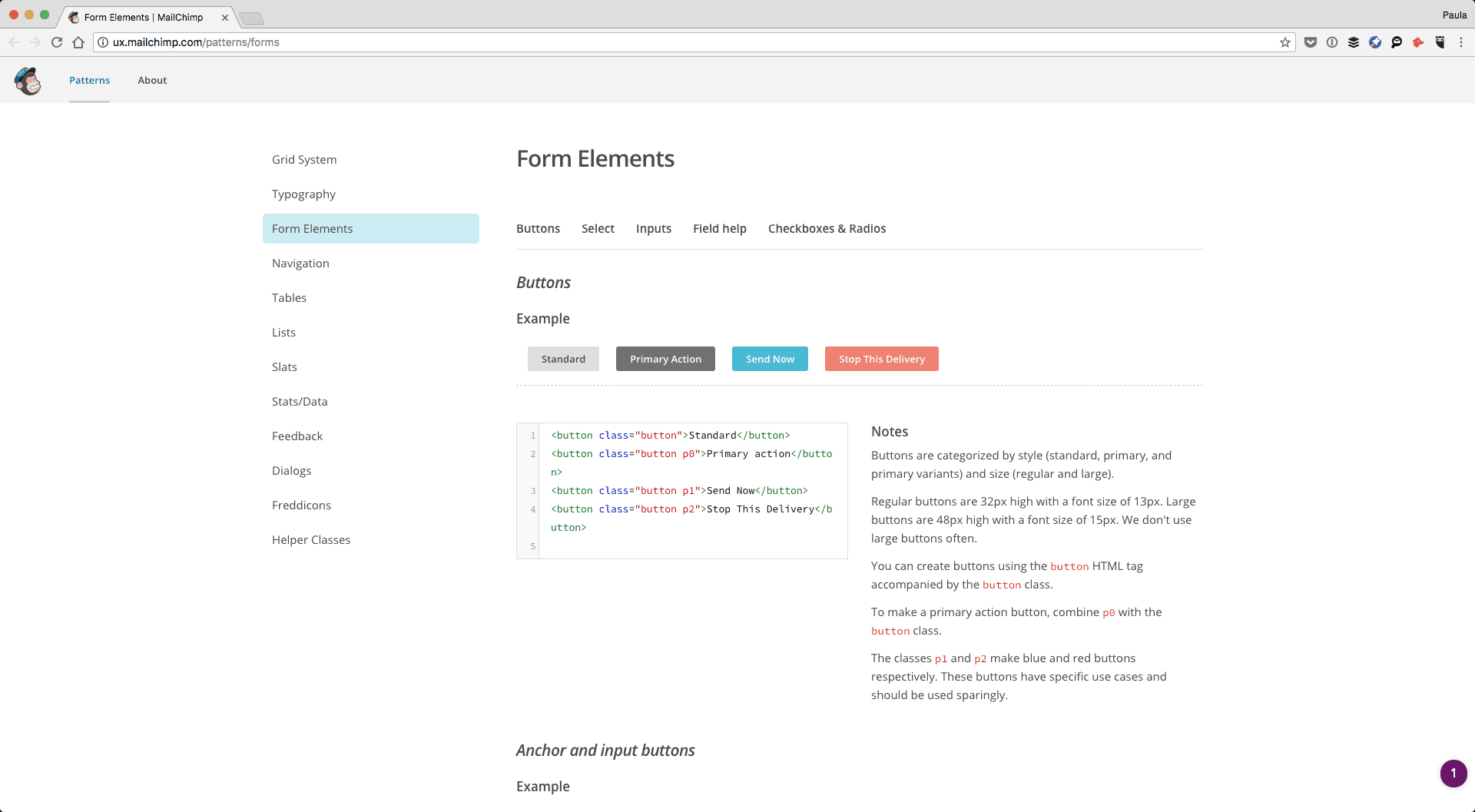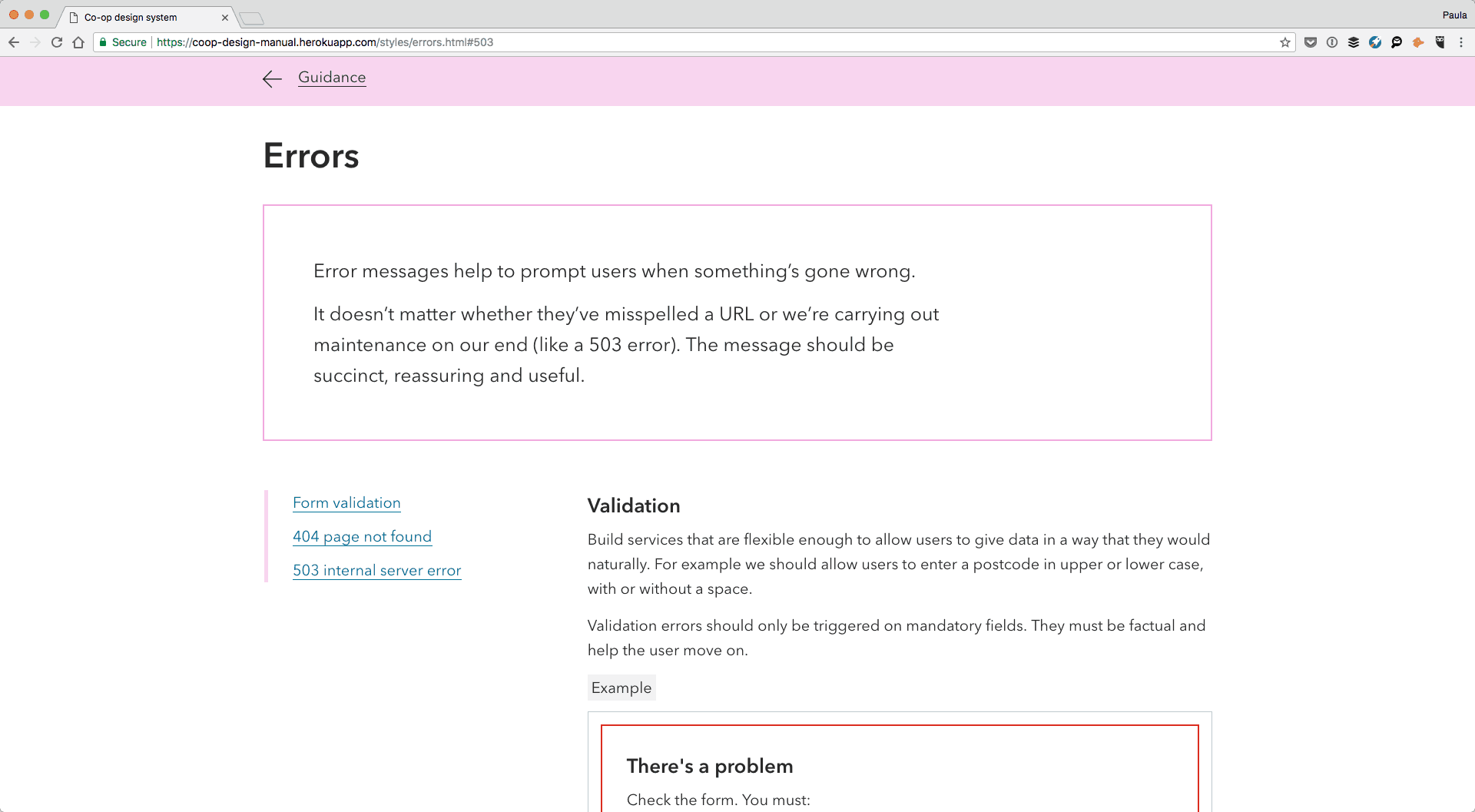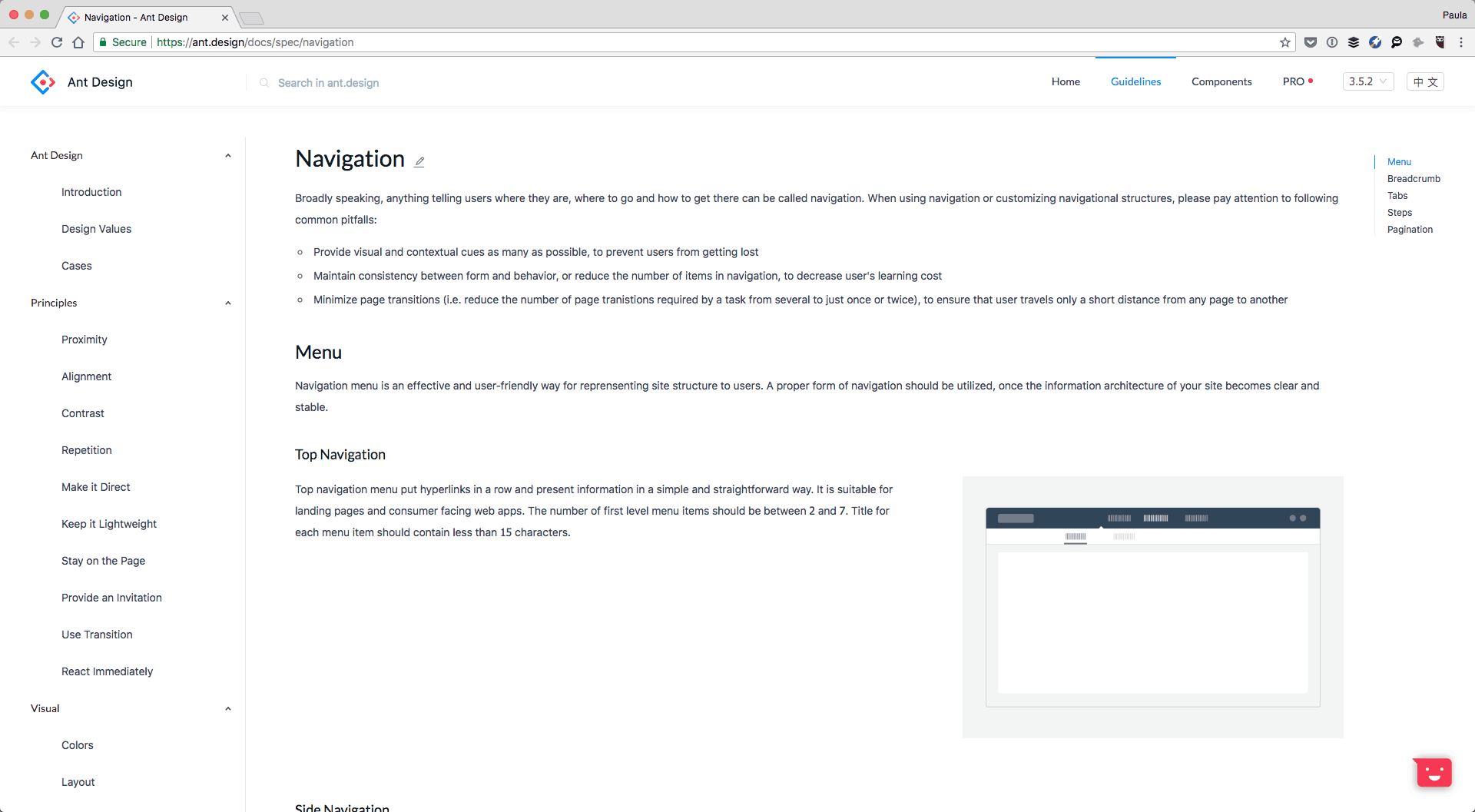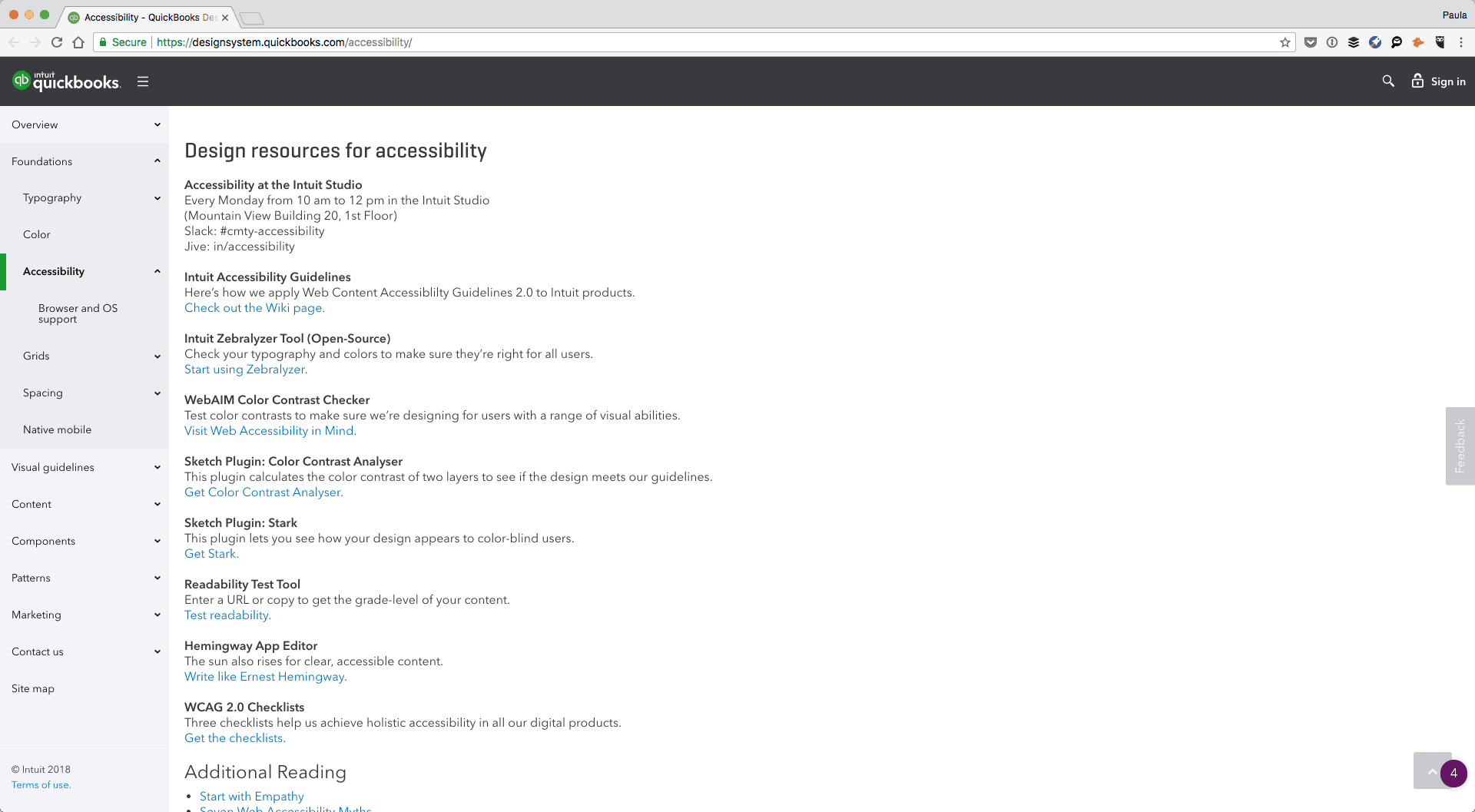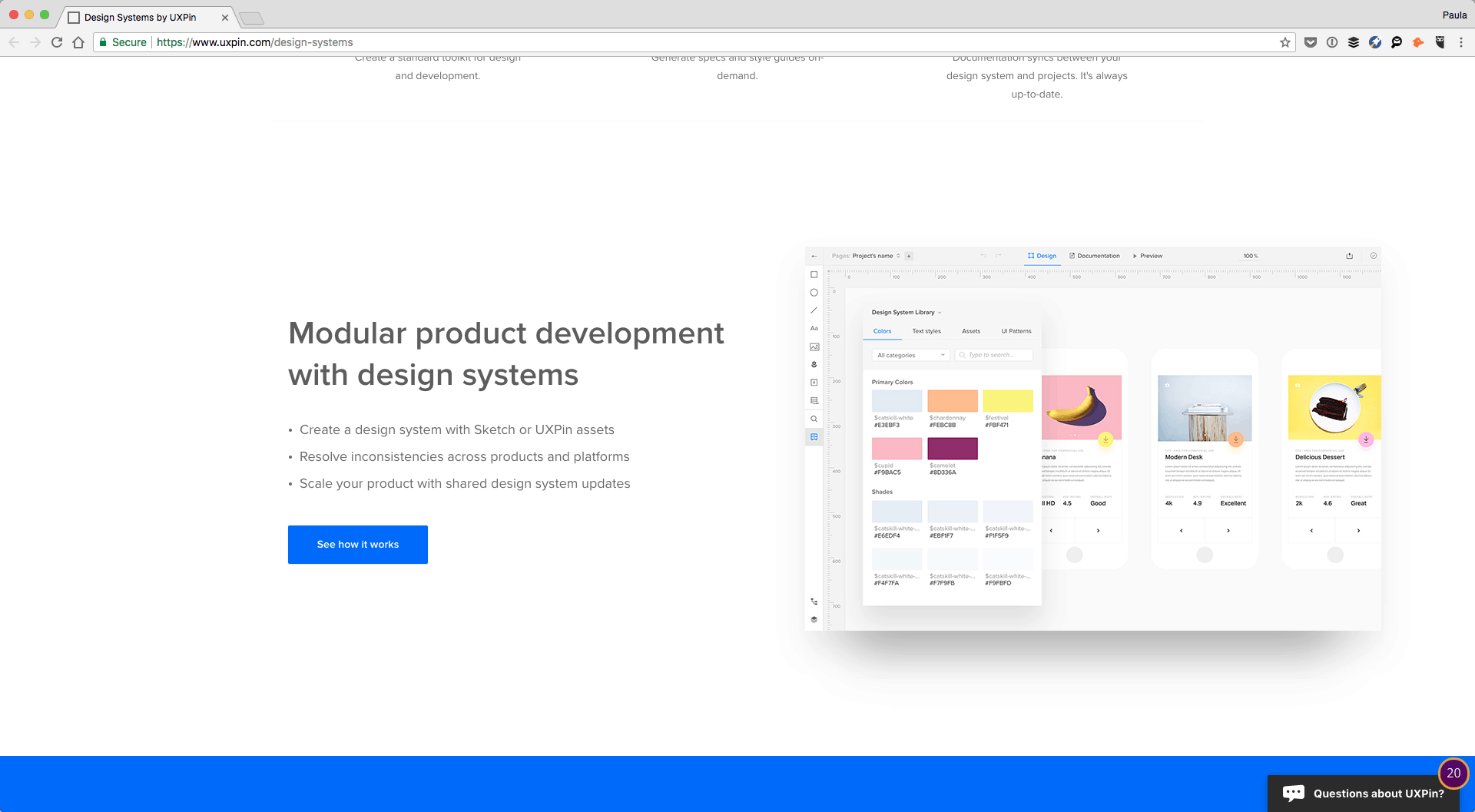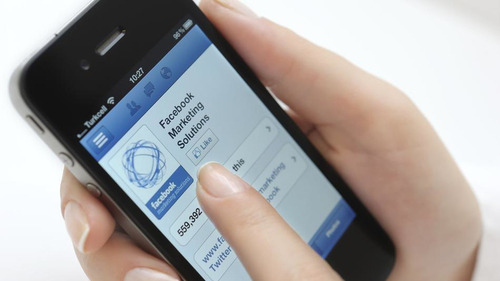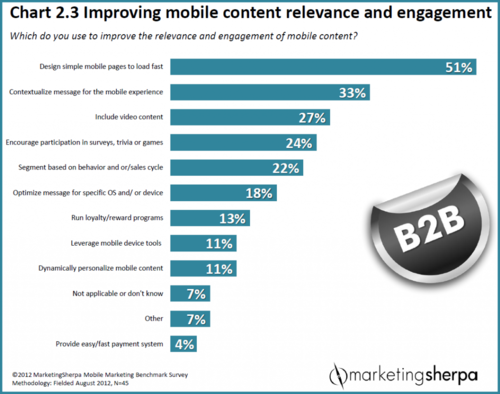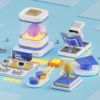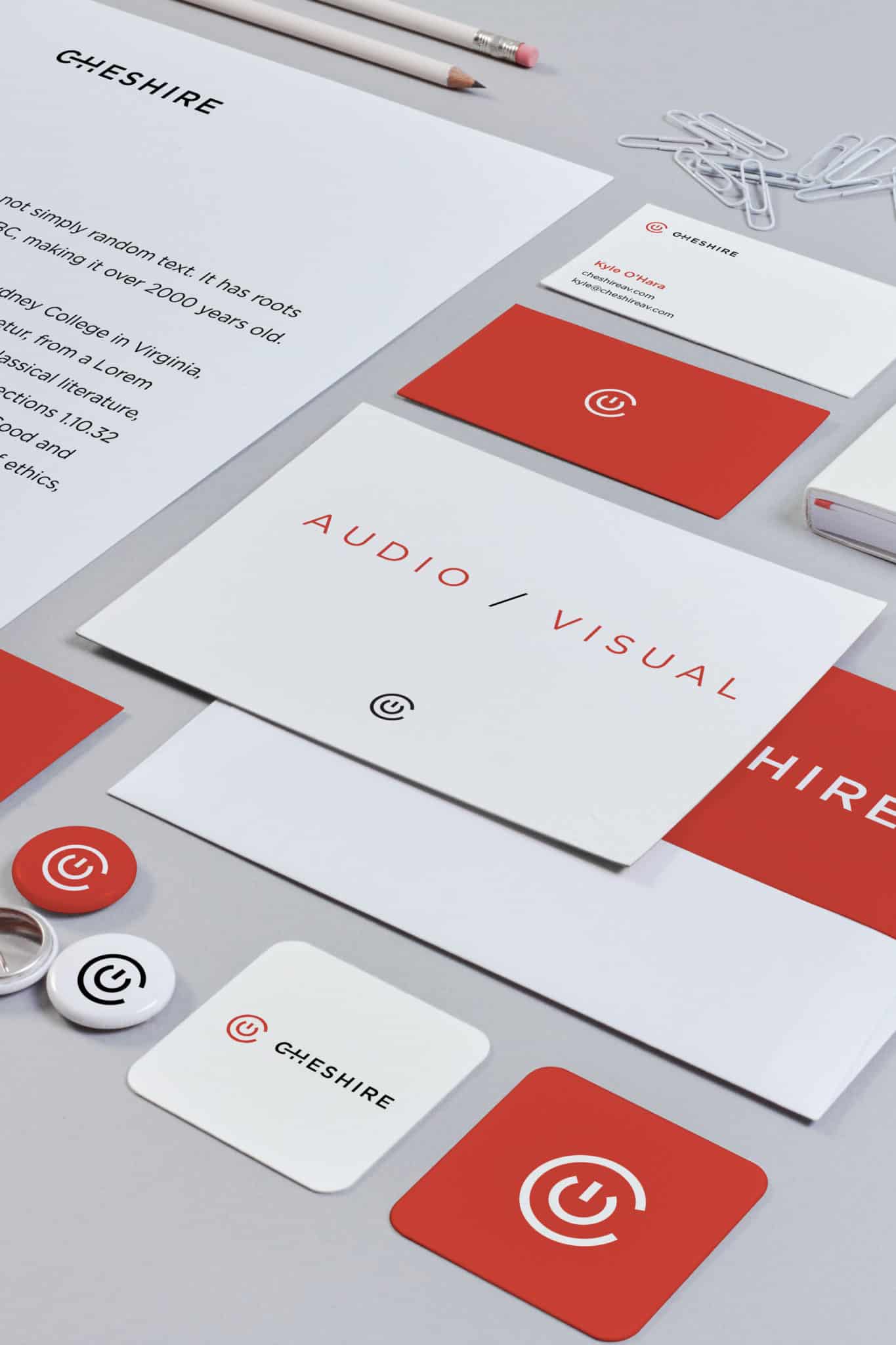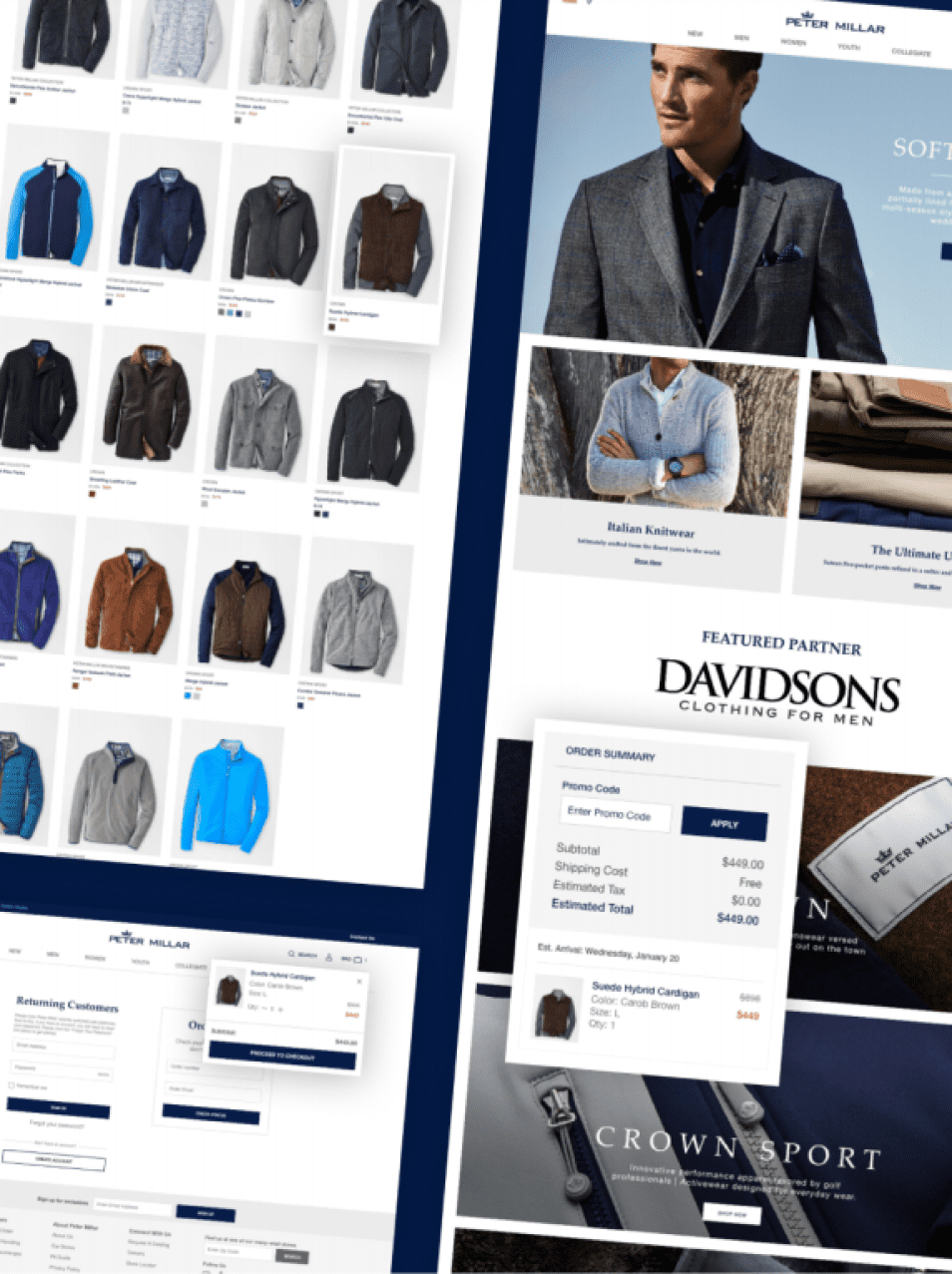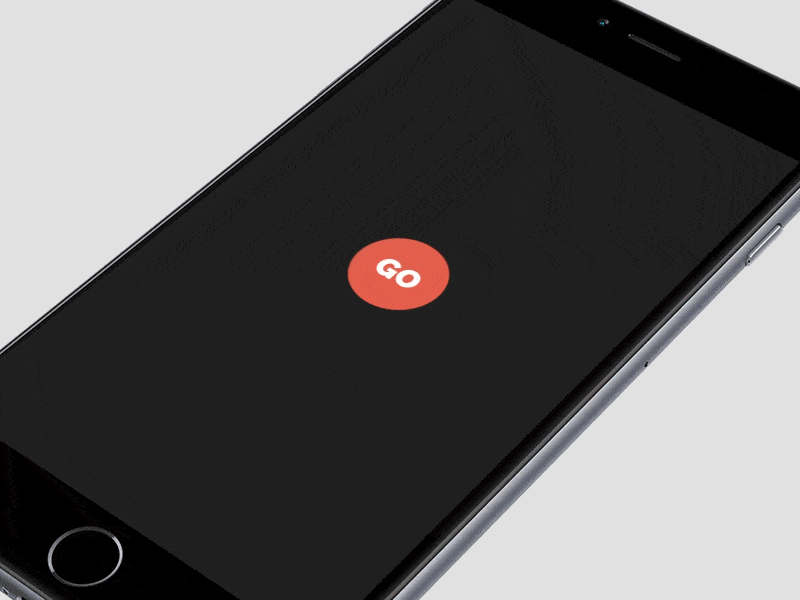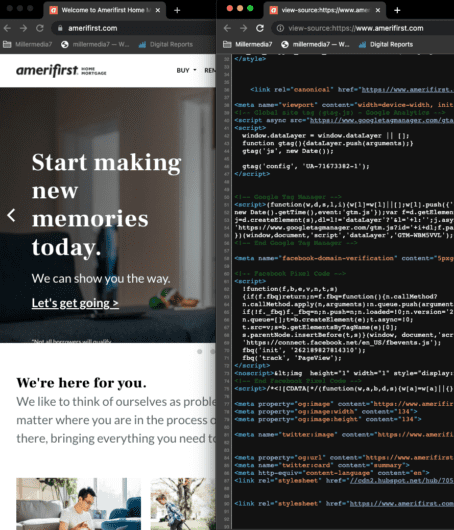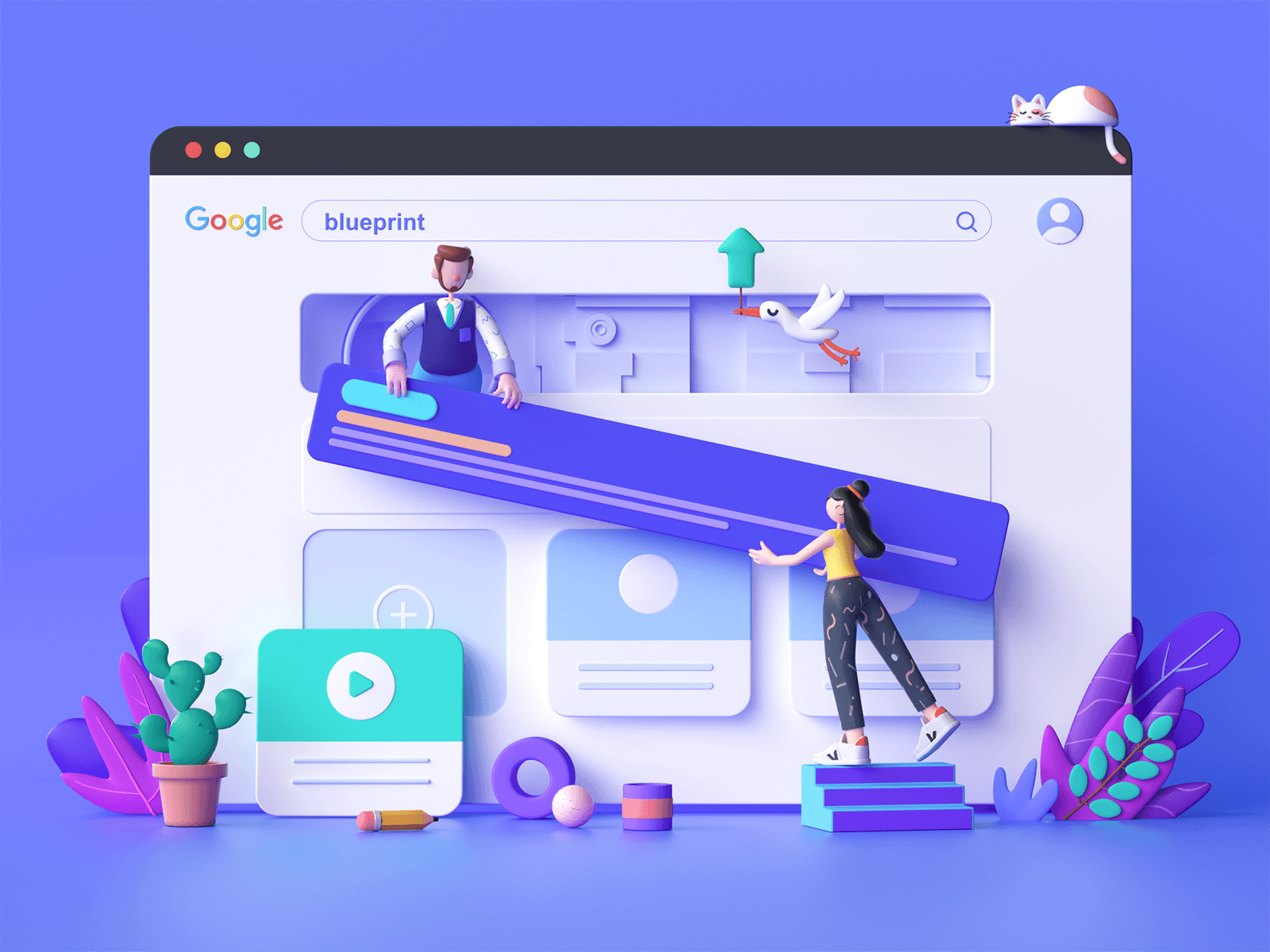
The current health crisis forced many brick and mortar businesses to move online and completely rethink the way they operate. However, successfully undergoing a digital transformation isn’t always easy. While most traditional companies are striving to remain relevant in the new reality, only some of them understand how to do digital transformation right and what changes it triggers. One of the main mistakes organizations often make is to pay too much attention to technologies while underestimating the role of user experience.
In this article, we’ll explain why focusing on the UX design is crucial for receiving positive results from digital transformation. We’ll also give you some tips on how to get on the right track with creating outstanding digital experiences for current and potential customers.
Why center digital transformation around UX

No business can remain afloat if it ignores customer needs. But that’s exactly what some companies inadvertently do while undergoing digital transition. They think the same strategies that have proven their efficiency in real life will work equally well for online interactions. However, people behave differently in the digital space. This means that most traditional methods of offline communication aren’t necessarily effective on the internet.
Purchasing decisions online are influenced to a greater extent by a number of factors; including greater competition with plenty of available alternatives, the availability of reviews, almost effortless comparison of prices, and other conditions (e.g. delivery time and cost) have significantly raised the level of customer expectations. It usually takes just a few clicks to find another online shop selling similar products. So even one episode of poor customer experience can become a deal-breaker for internet purchasers.
A good UX design can address a number of these factors. It can help a company increase audience engagement, simplify interactions with every buyer, and, ultimately, get more sales. Statistics show that a return from every dollar invested in creating a decent user experience amounts to $100. At the same time, about 88% of online shoppers say that they won’t use a website again if the UX was bad. In other words, achieving business goals while undertaking a digital transformation isn’t possible without making the entire process user-centric.
How to get started with the UX-oriented digital transformation
Creating great products isn’t necessarily enough to combat fierce competition in the overcrowded internet arena. To stand out, a company must truly delight its customers, or at the very least make the purchasing journey effortless. In order to achieve this, a deep understanding of customer needs and wants is a must. Here are a few tips on how to take a comprehensive approach to the creation of user experience within the online transition process.
Do UX research
The main goal of UX research is to help you understand how to make every interaction with a mobile application or website pleasant to users. It allows a design team to identify problems and opportunities related to the usability of functions and solutions that you have already implemented or plan to implement. All insights and valuable information gathered at this stage can be fed into the further digital transformation process.
To do the research, UX professionals use:
- qualitative measures (e.g. interviews) to figure out why customers do certain things, and
- quantitative measures (e.g. analytics and statistics) to discover patterns and test the assumptions made after qualitative research.

Companies should apply UX research methods throughout the entire digital transformation process, not just at the beginning. During the later phases, they help to make sure that implemented software is easy to use and doesn’t create bottlenecks in the key processes and workflows.
Create wireframes

Rushing into the development process with no wireframes and prototypes isn’t a good idea. Even if you have to execute a digital transformation strategy within strict deadlines, it’s better to review the timeline than waste resources on building custom software that won’t bring you desired outcomes.
Wireframes will help you connect information architecture with a user interface. Building wireframes is the cheapest and fastest way to see if a solution has convenient navigation. Besides, wireframes will allow a design team to experiment with different ways of displaying content on screens. This will give you a chance to choose the perfect UX for your solution.
At this point, it’s important to create a holistic design system. Following the rules of such a system will make the visual representation of your brand consistent throughout different platforms.
Work on experience optimization
Digital transformation is a continuous process. Getting the IT infrastructure designed and developed won’t bring a company long-term benefits if opportunities for experience optimization are ignored later. As with any optimization process, moving to the digital space means that you always have to seek improvements and keep track of the current trends.

In this context, optimizing a digital customer experience should be a priority. Modern customers are demanding — they won’t tolerate brands that don’t show that they care for people. But digital transformation initiatives also cover the implementation of internal enterprise solutions. It means that you should provide the company’s staff with user-friendly tools as well. Such tools will help them do the work faster, increasing the company’s productivity and profitability.
Top post-COVID-19 trends in UX design

The coronavirus pandemic brought a lot of changes to our daily lives. Naturally, it also transformed customer service and things we expect from companies that sell us products and services online. To help you catch up with the current state of UX, here are the main post-COVID-19 trends to consider in a product development process.
Online videos
The coronavirus outbreak boosted the popularity of video content. Today, businesses use all kinds of videos to deliver their messages to customers, from live streams to online courses. In short, if you want the online transition to be successful, investing in quality video content will be the right decision. It will help you reach and engage a broader audience in a relatively short period of time.
Smooth virtual interactions
Yes, a smooth virtual interaction is something that people expected before quarantine as well. However, a stay-at-home regime moved even more of our daily tasks online. Now, people use the internet to solve literally every issue: purchasing groceries, work, talking to doctors via video call if some health concerns occur. That’s why simple and informative user flow and adjusting to the needs of users with different tech skills play a critical role in UX today.
Clarity in UX writing
The situation with COVID-19 made it hard to deal with information overload. Most of us are exposed to an enormous amount of news and thousands of messages all the time when we’re online.
It’s vital for companies that sell products or services to be clear and concise with their written content. No unnecessary distractions, ambiguity, and confusion — just plain expressions and straightforward guidelines.
The role of user experience in digital transformation
Digital transformation isn’t just about using more software tools and upgrading a company’s IT infrastructure. When an organization decides to implement technologies in its business operations, the way it engages with customers changes as well.
What this means is that if user experience doesn’t get enough attention, chances are the entire process will fail. To ensure that the digital transformation of your company will be successful, make it user-centric and take a holistic approach to building UX design.

